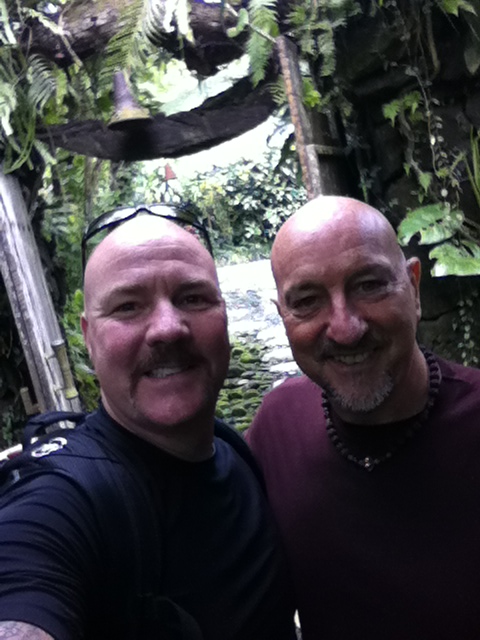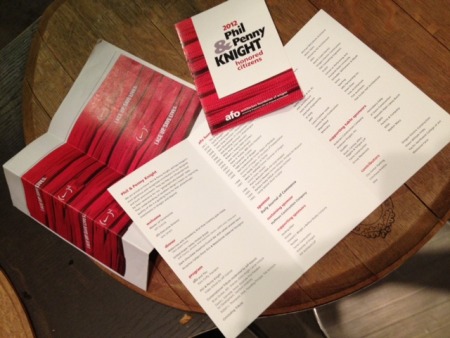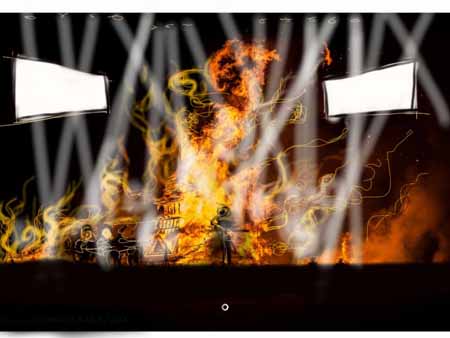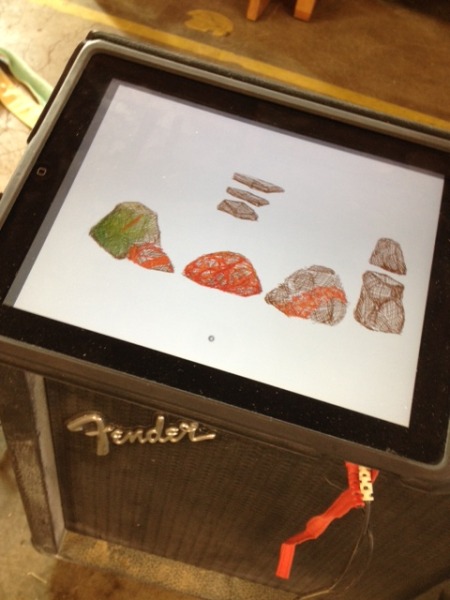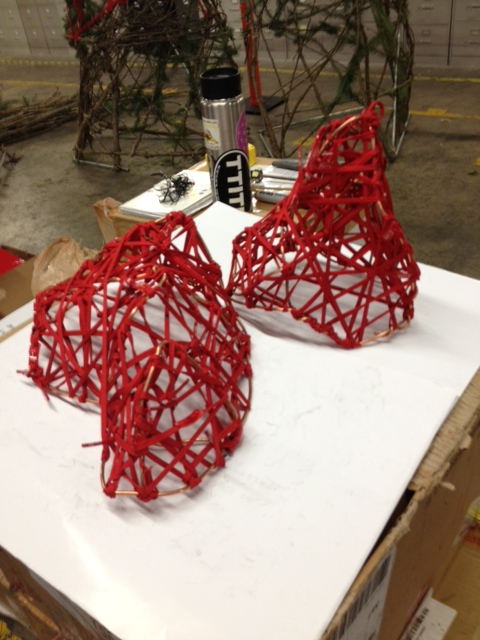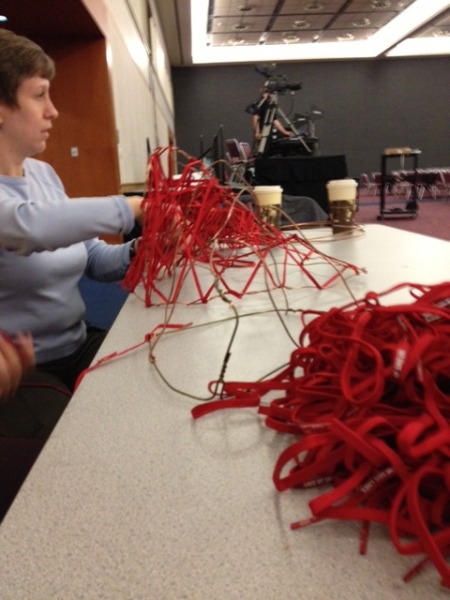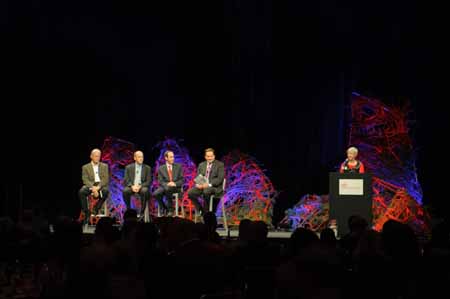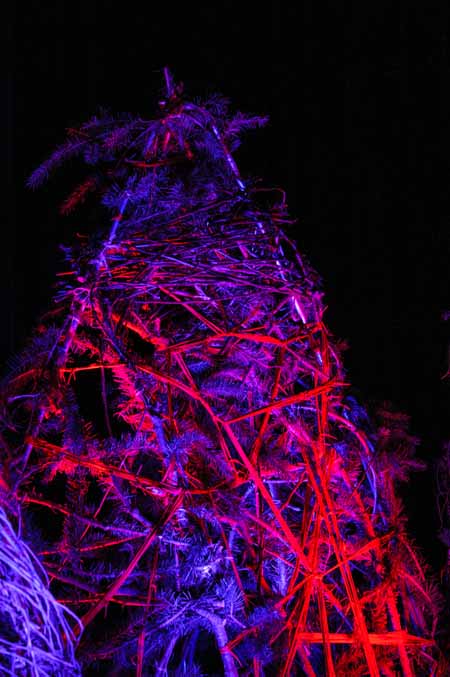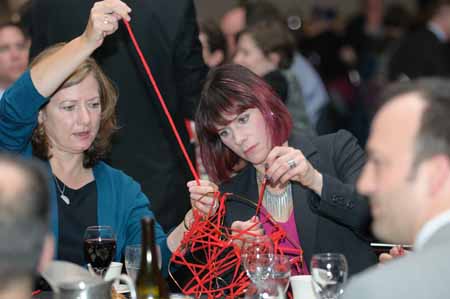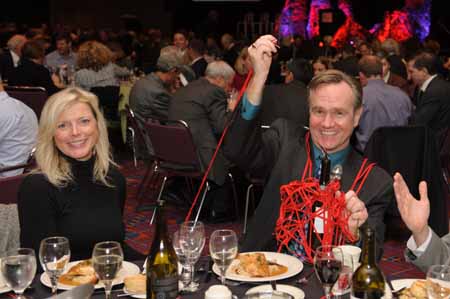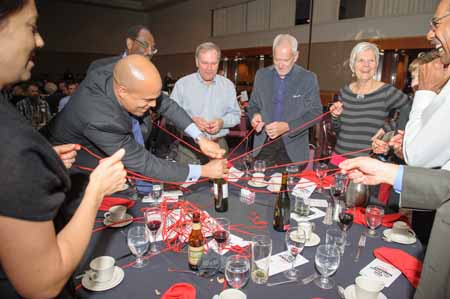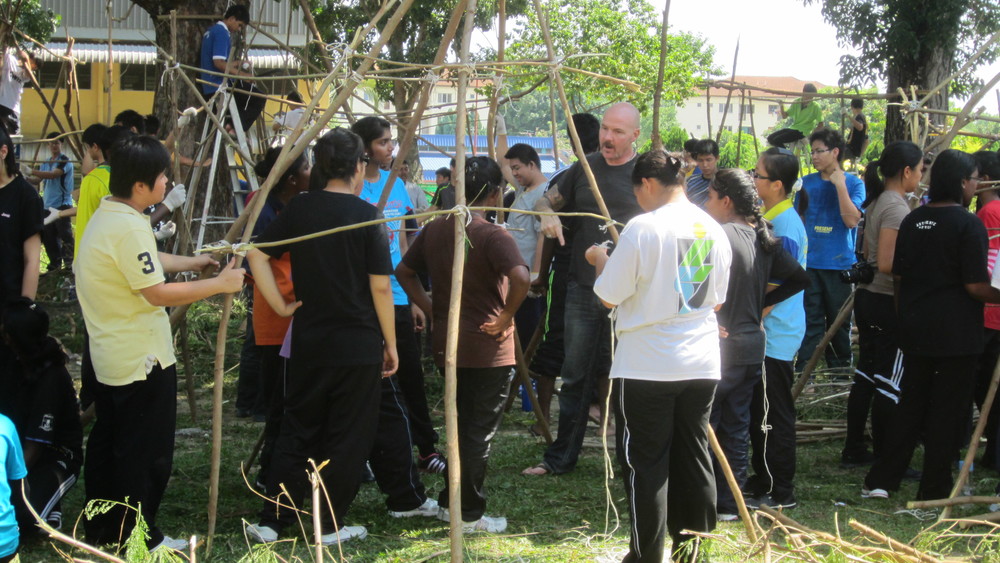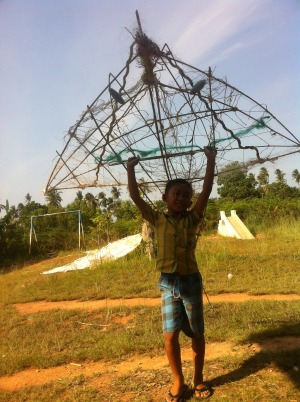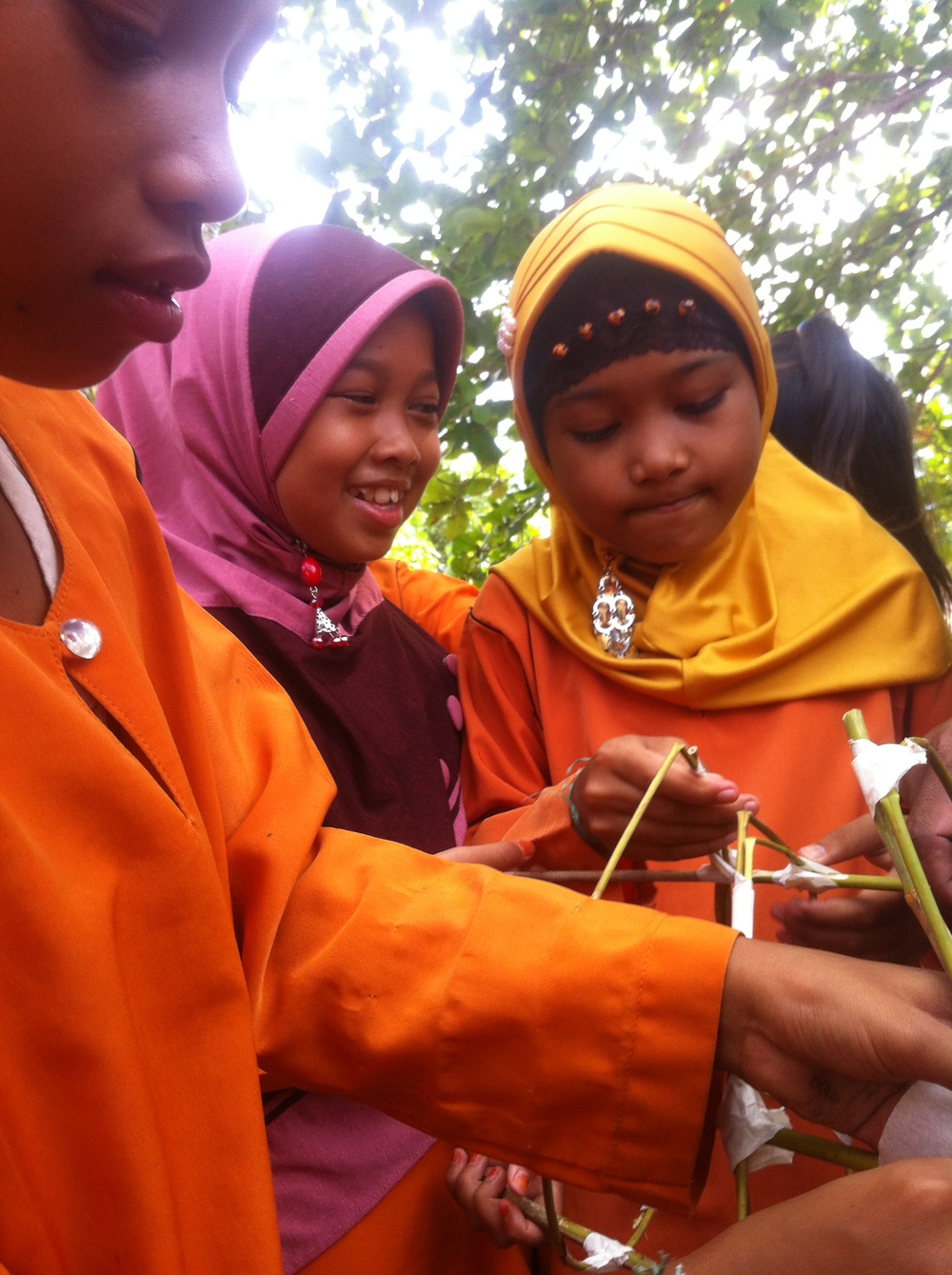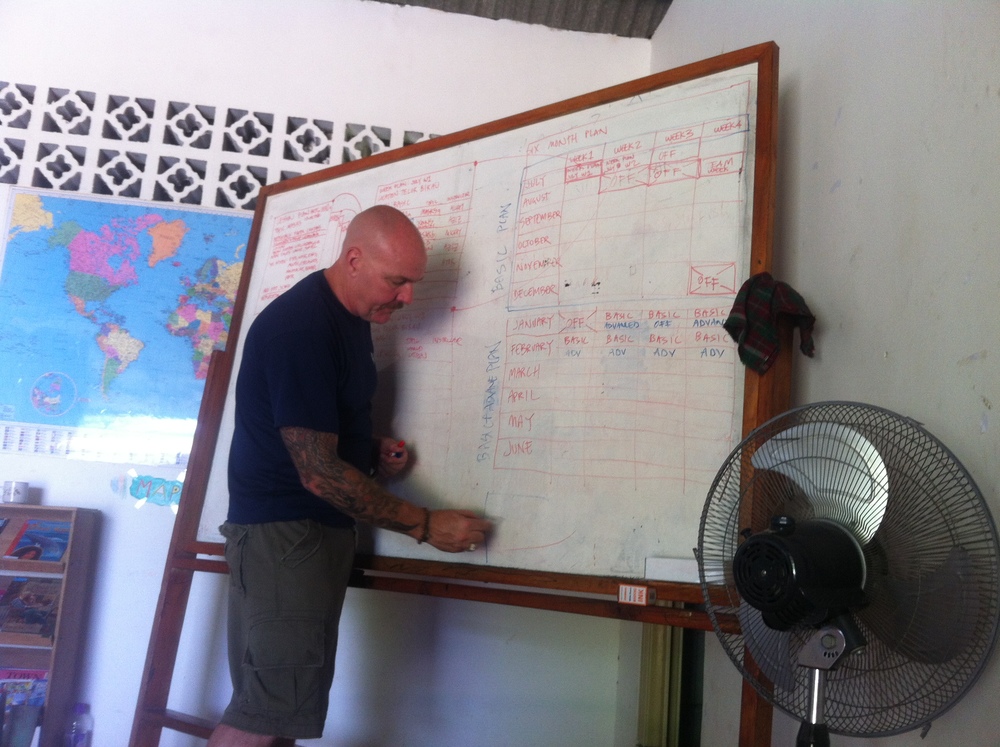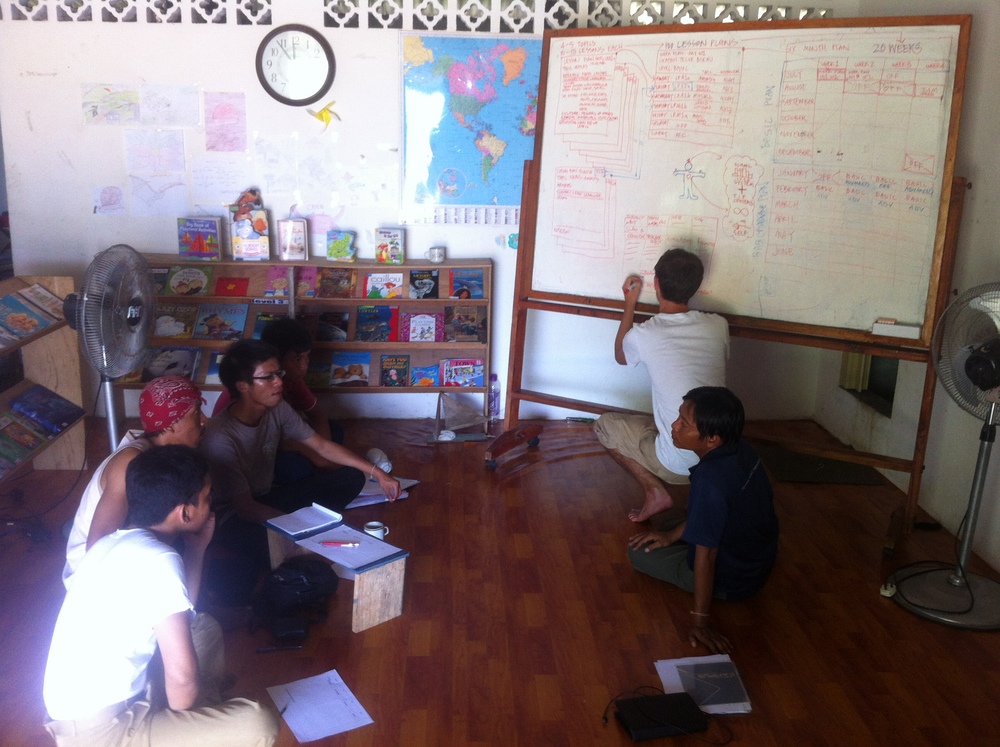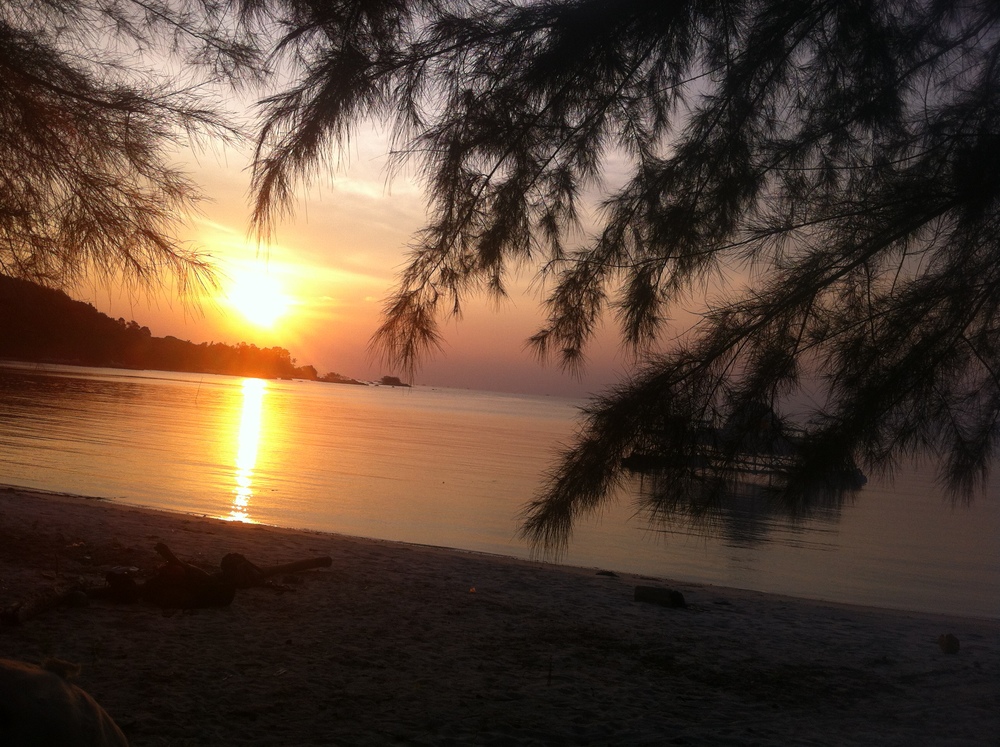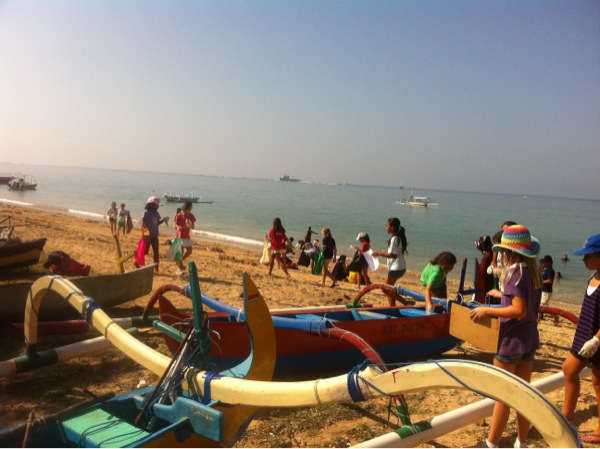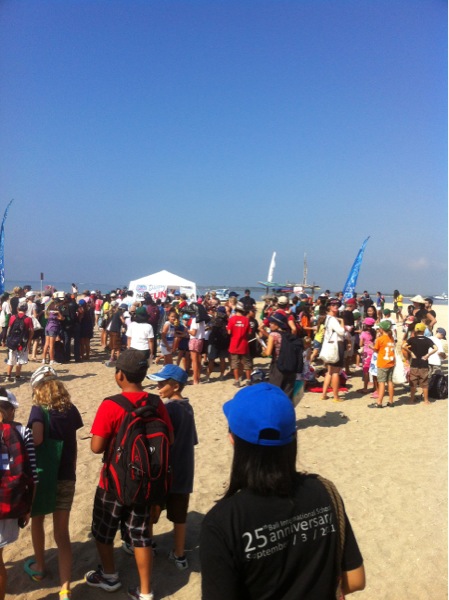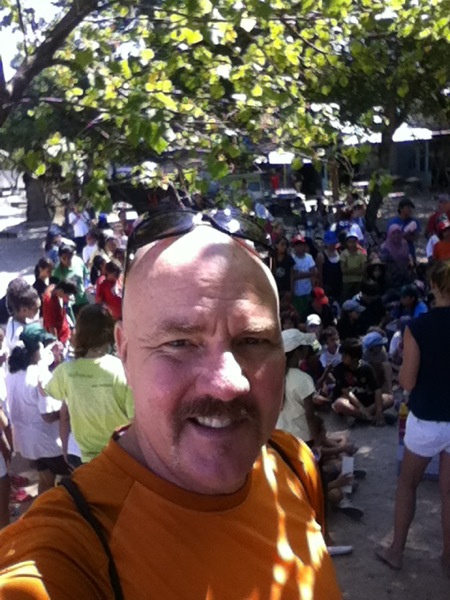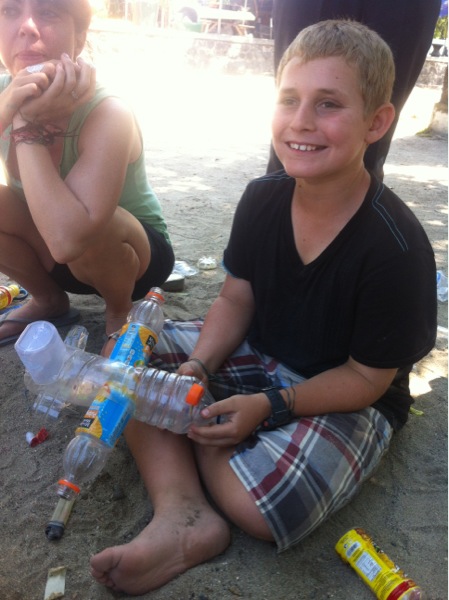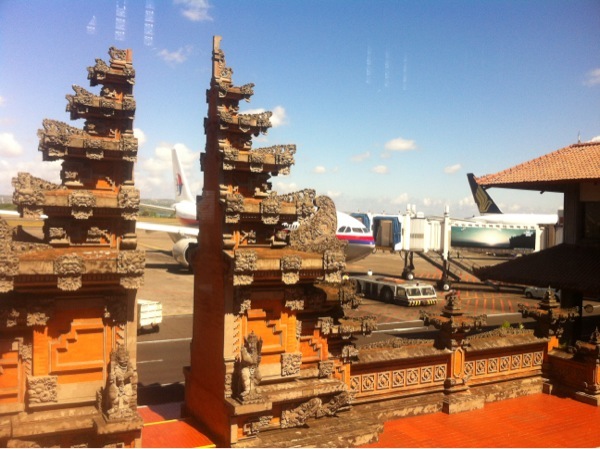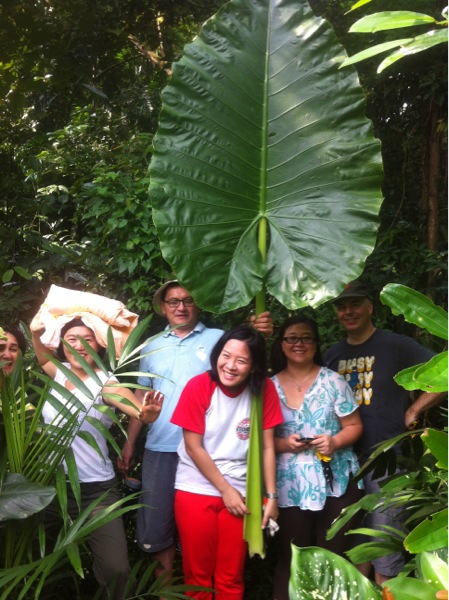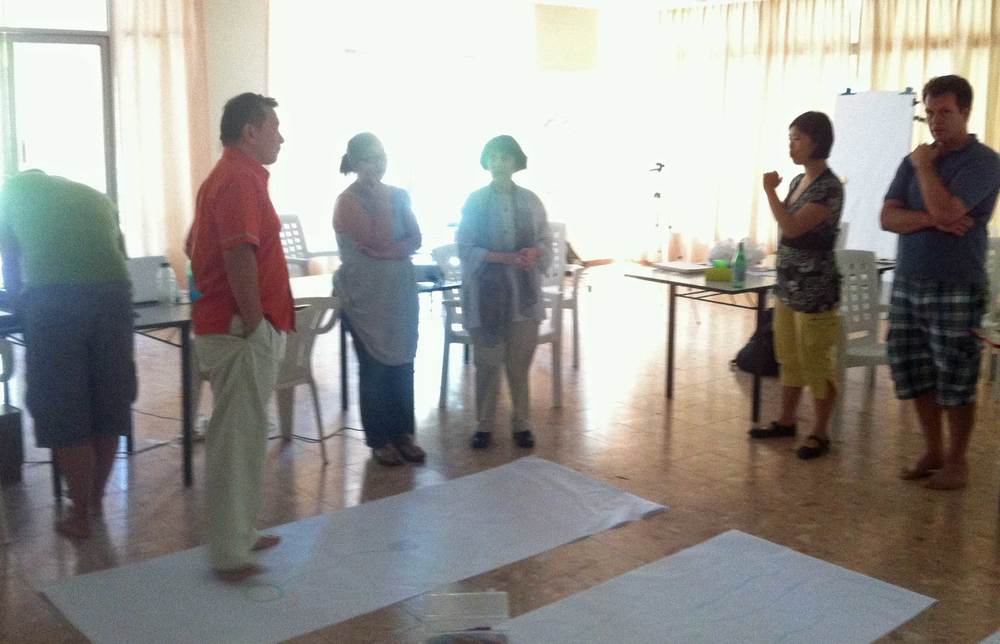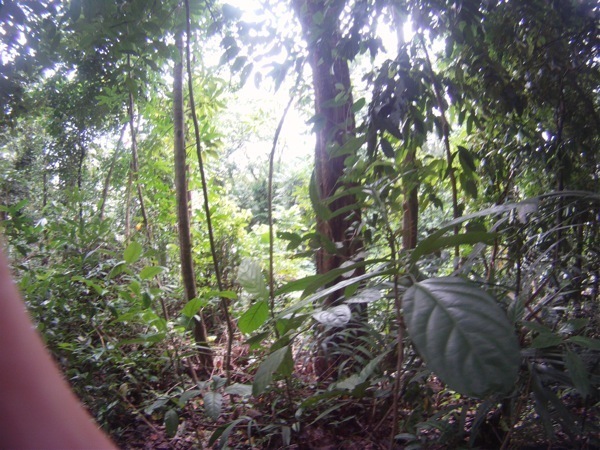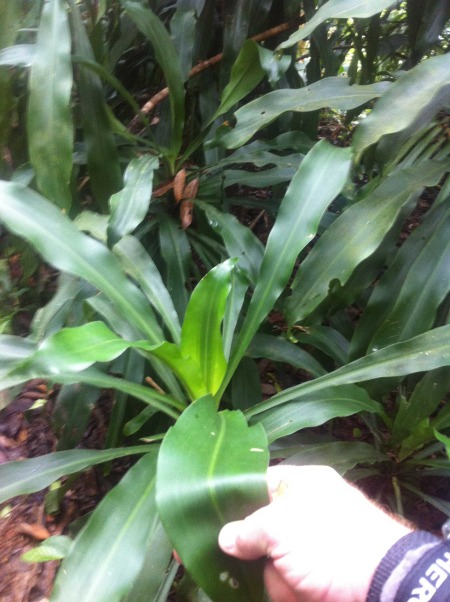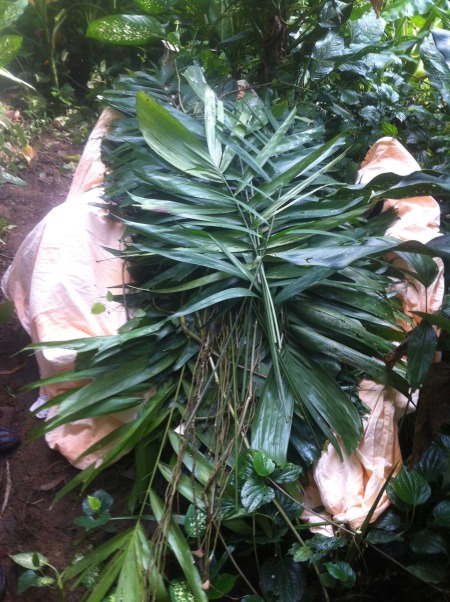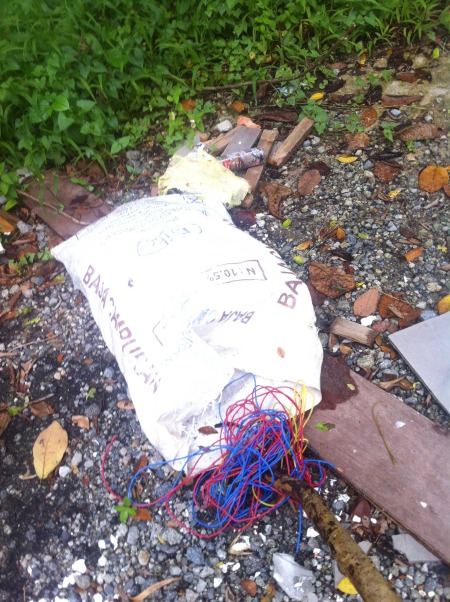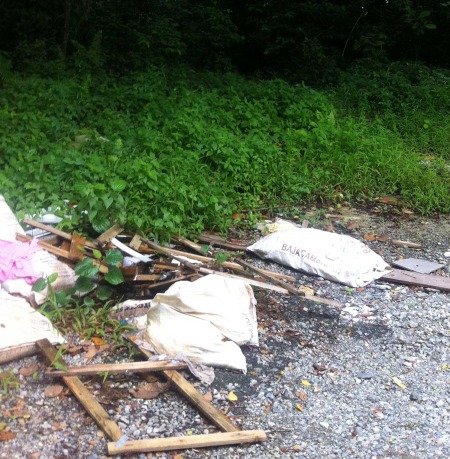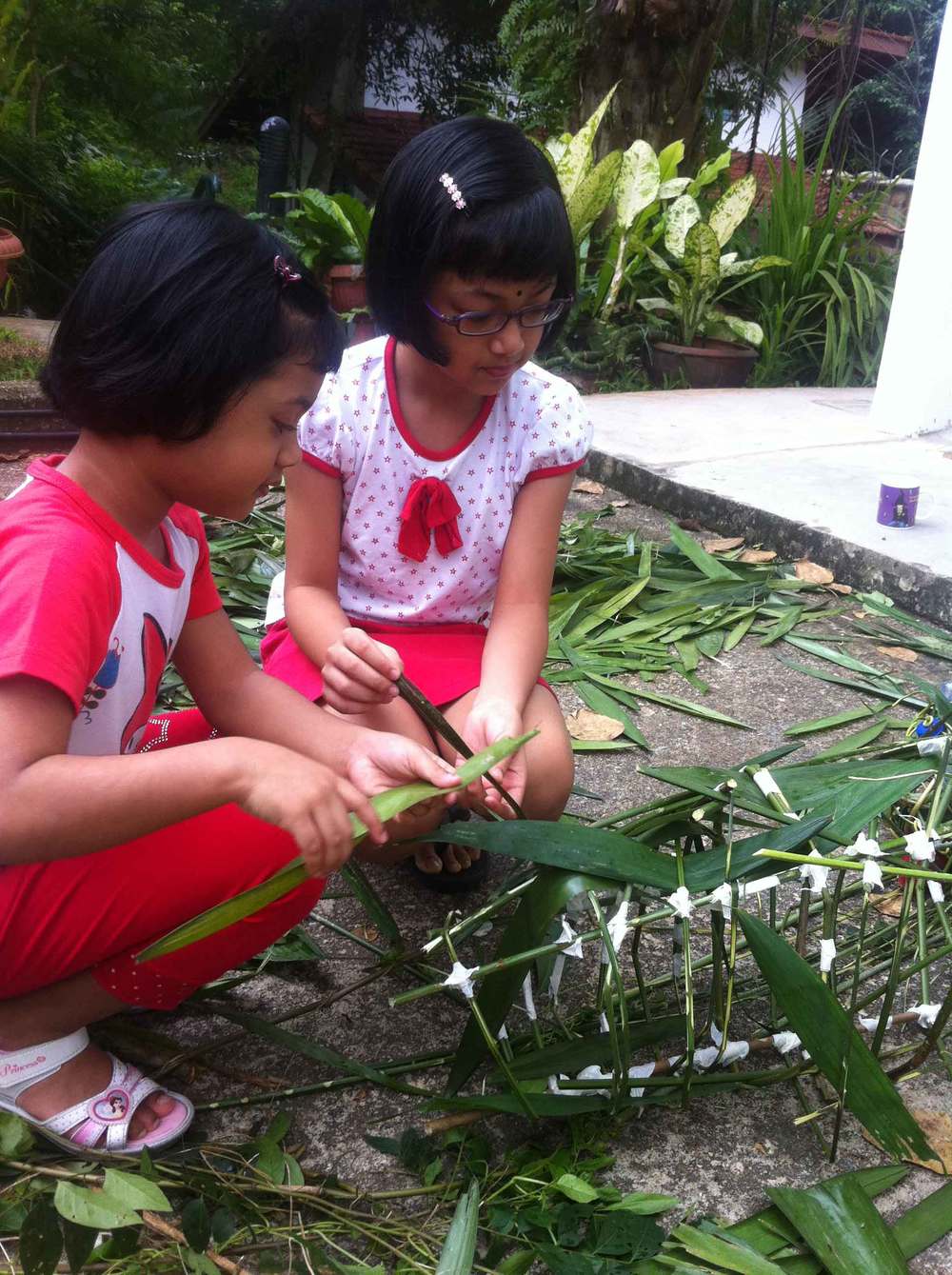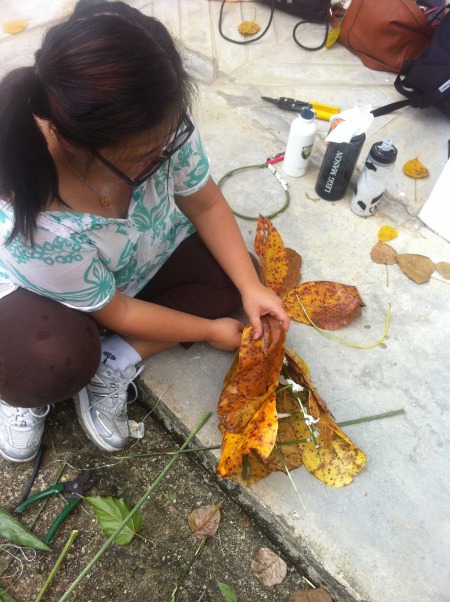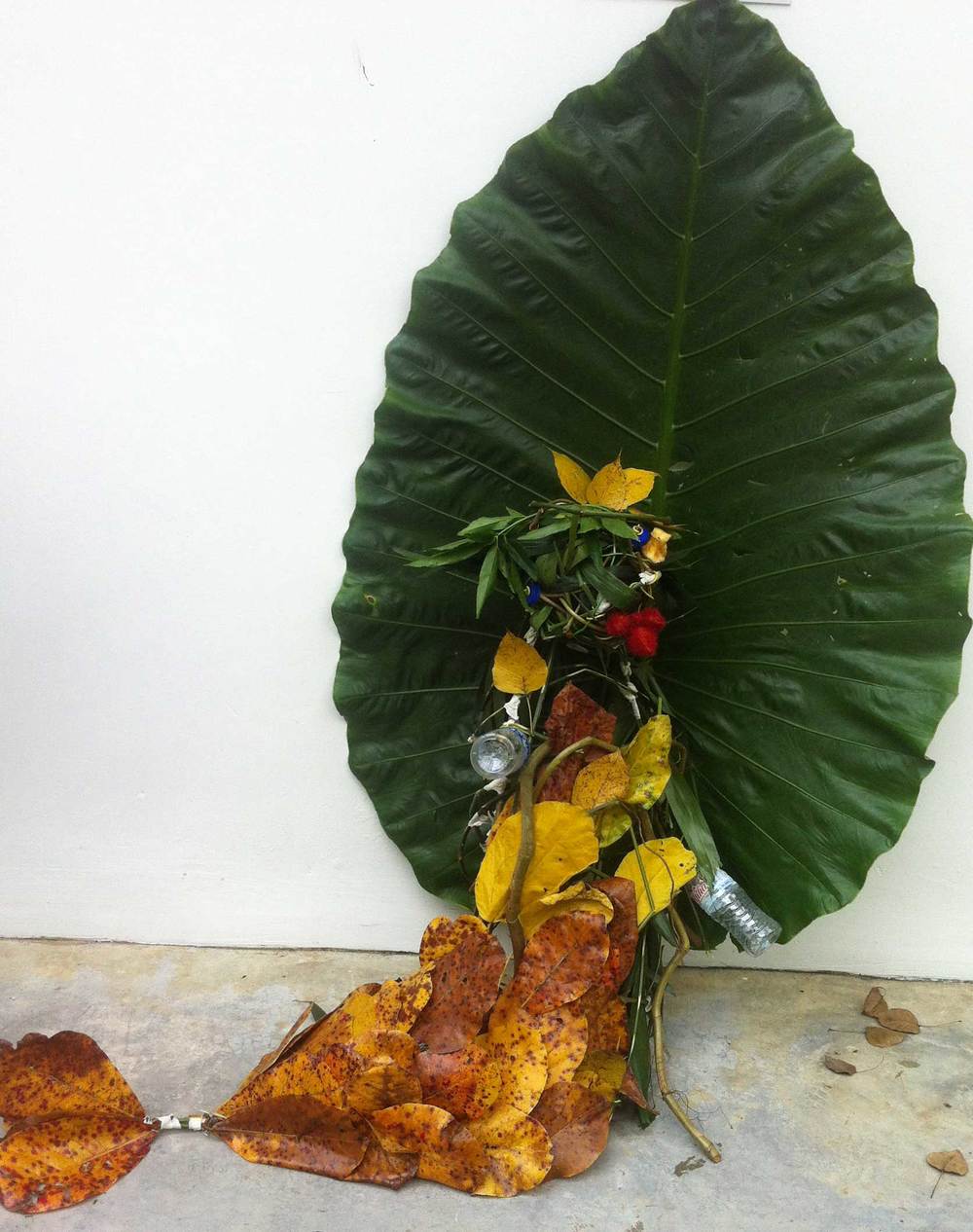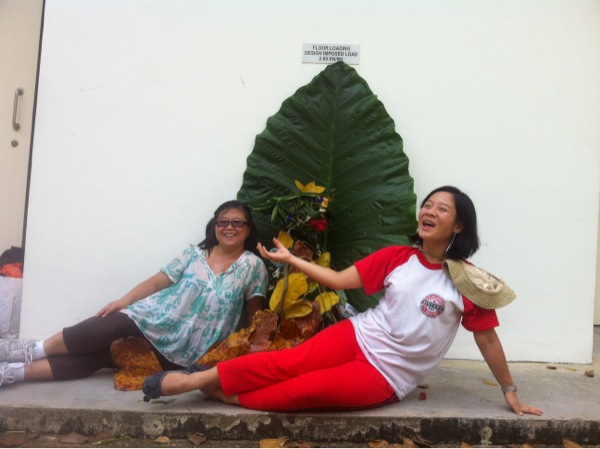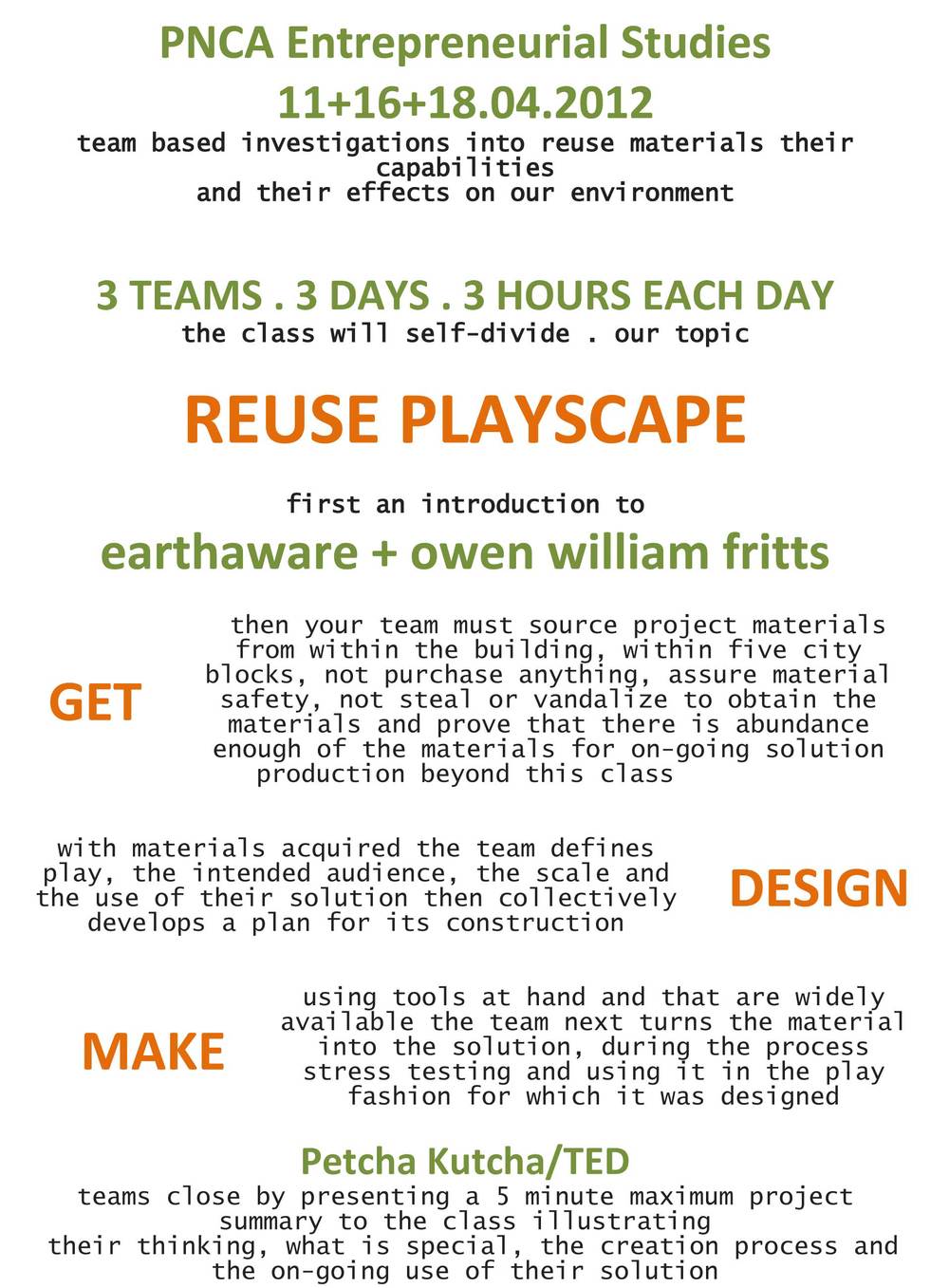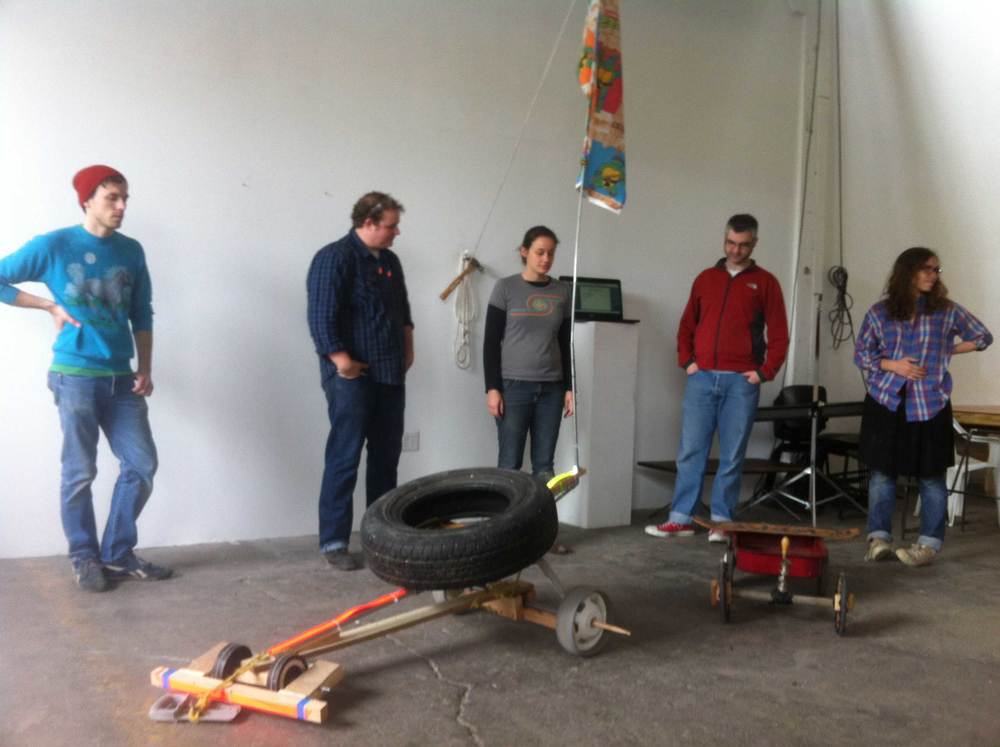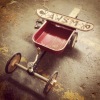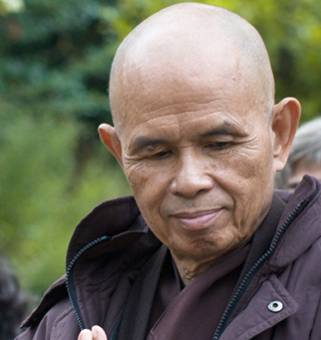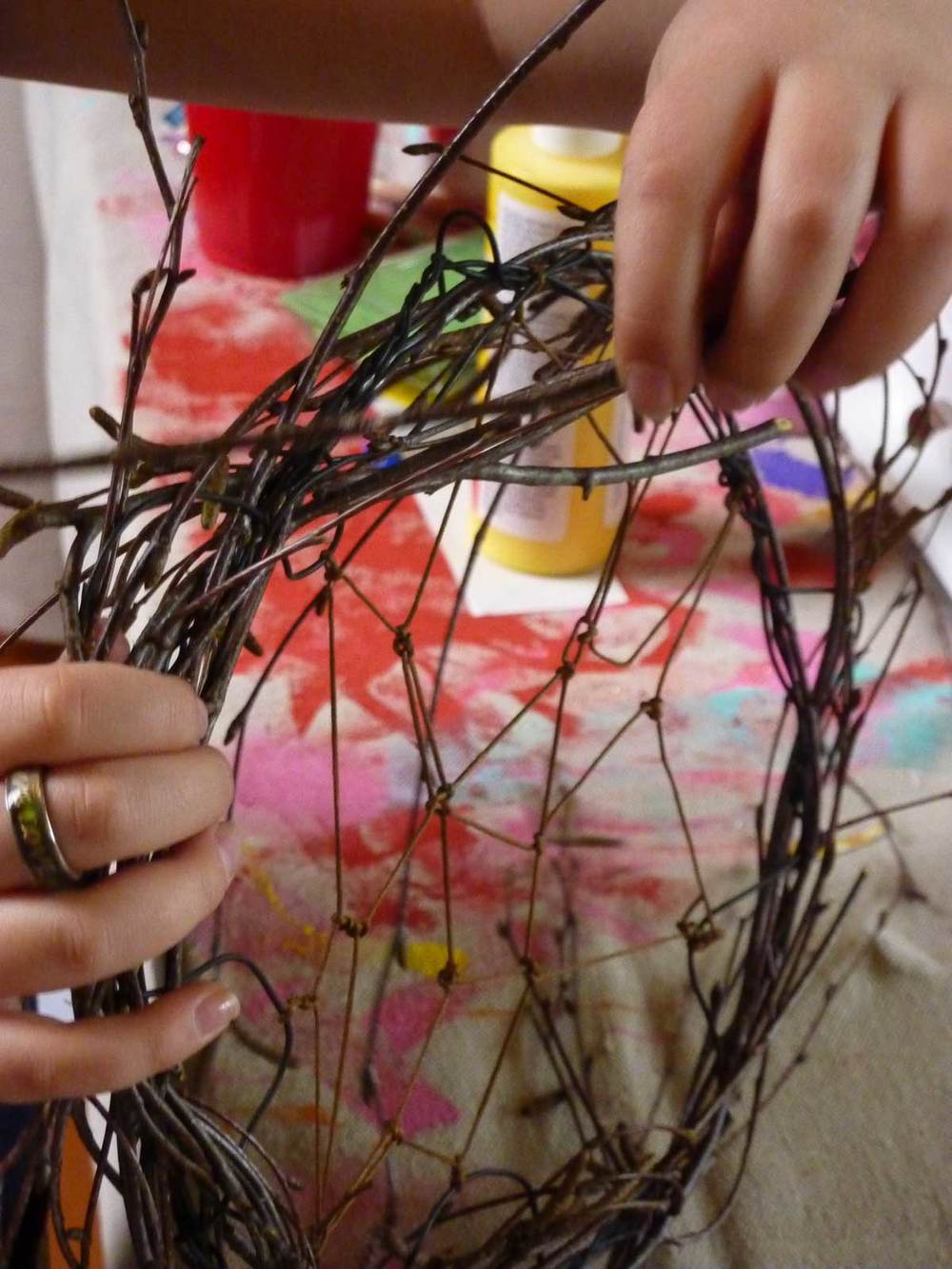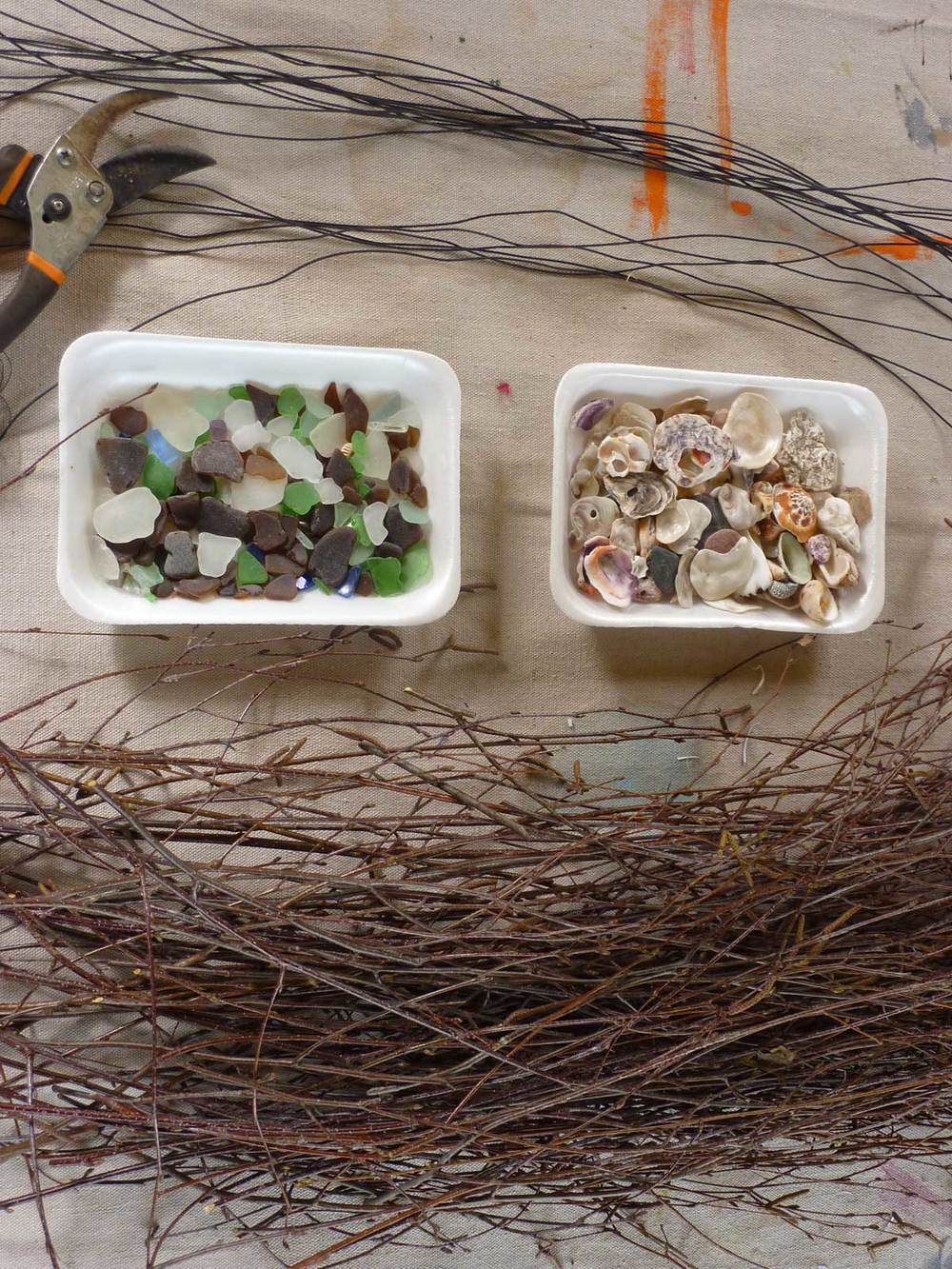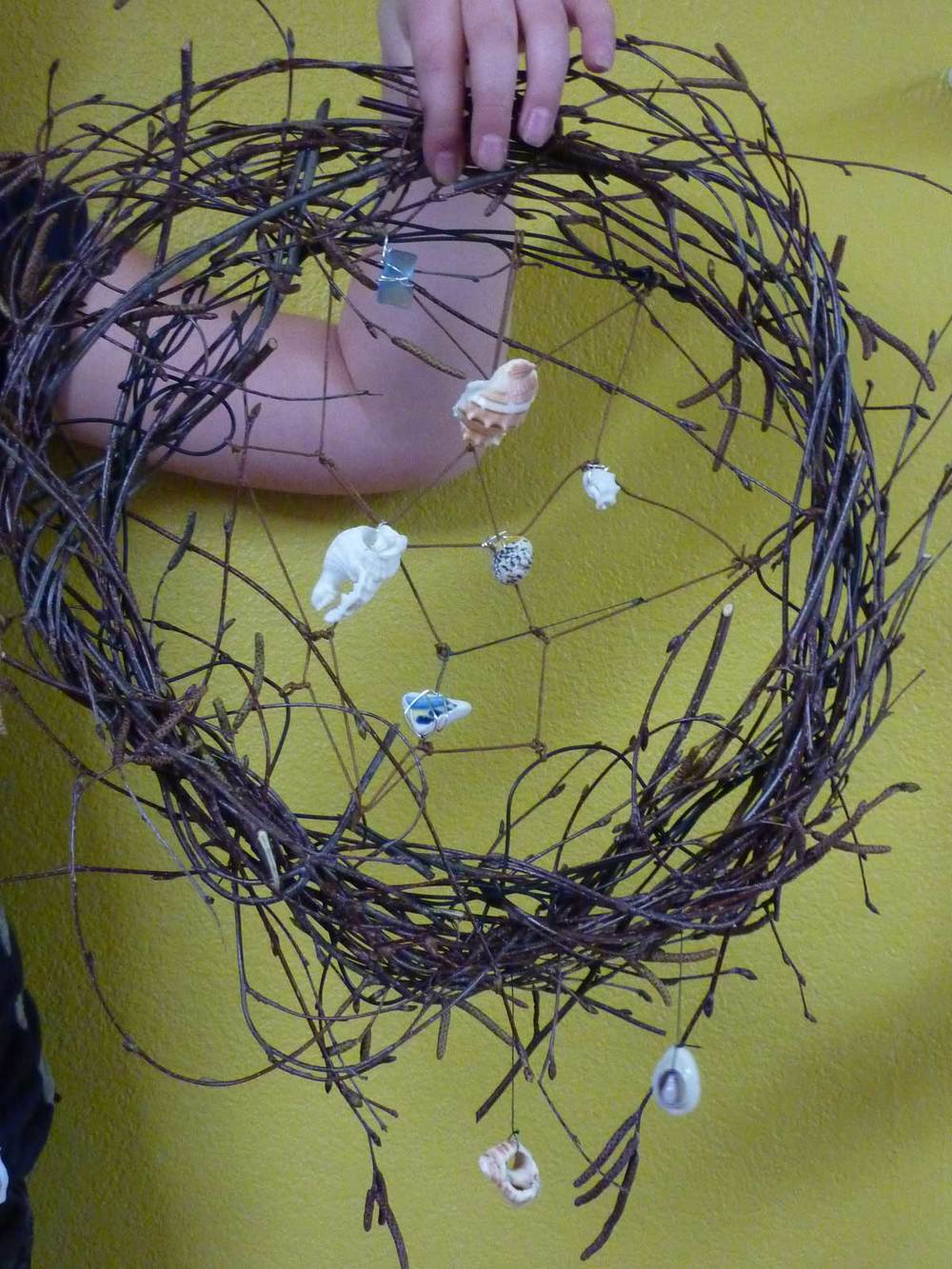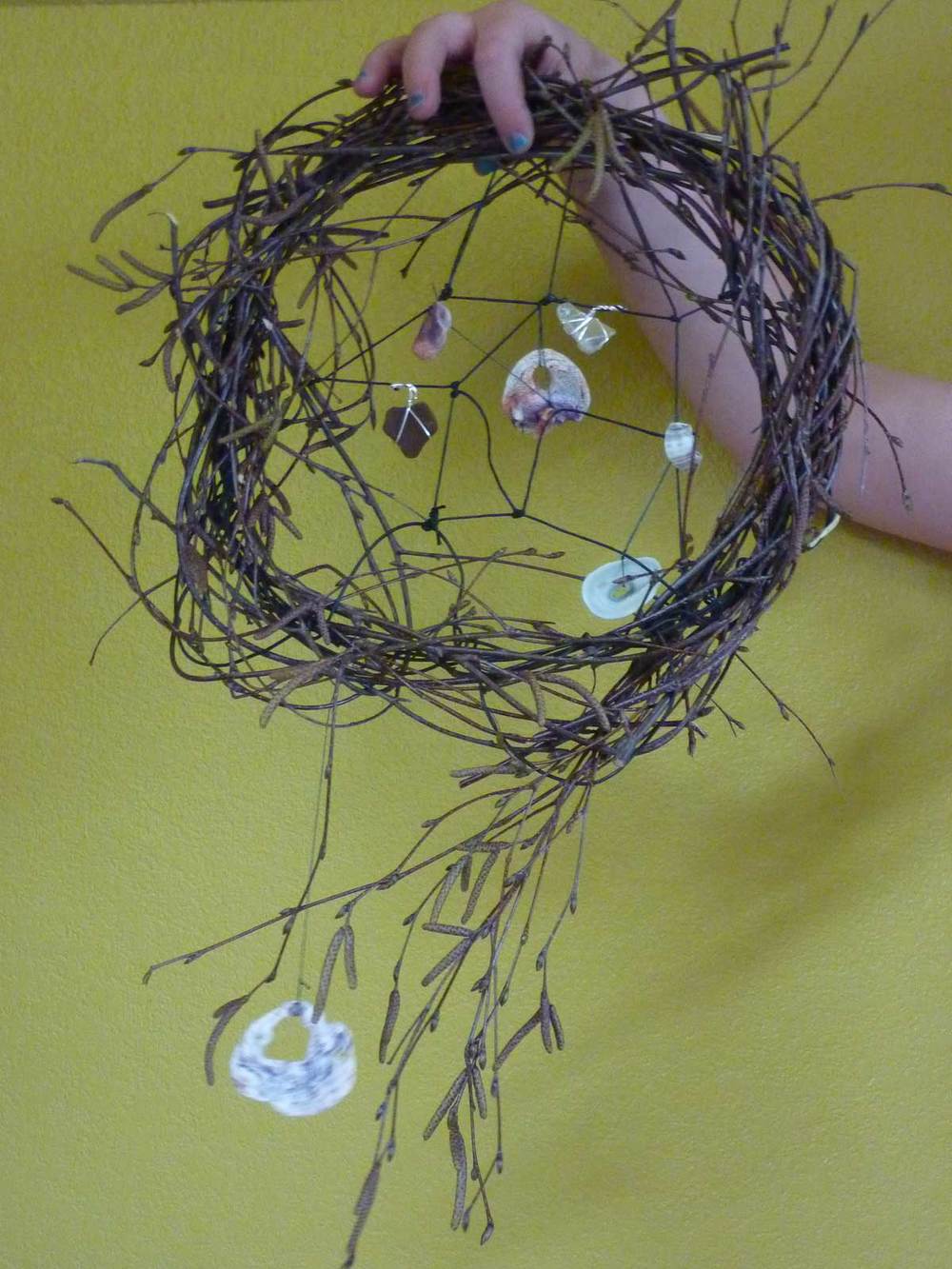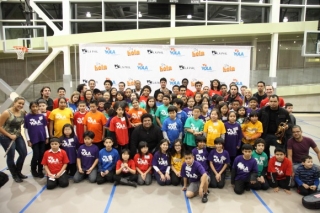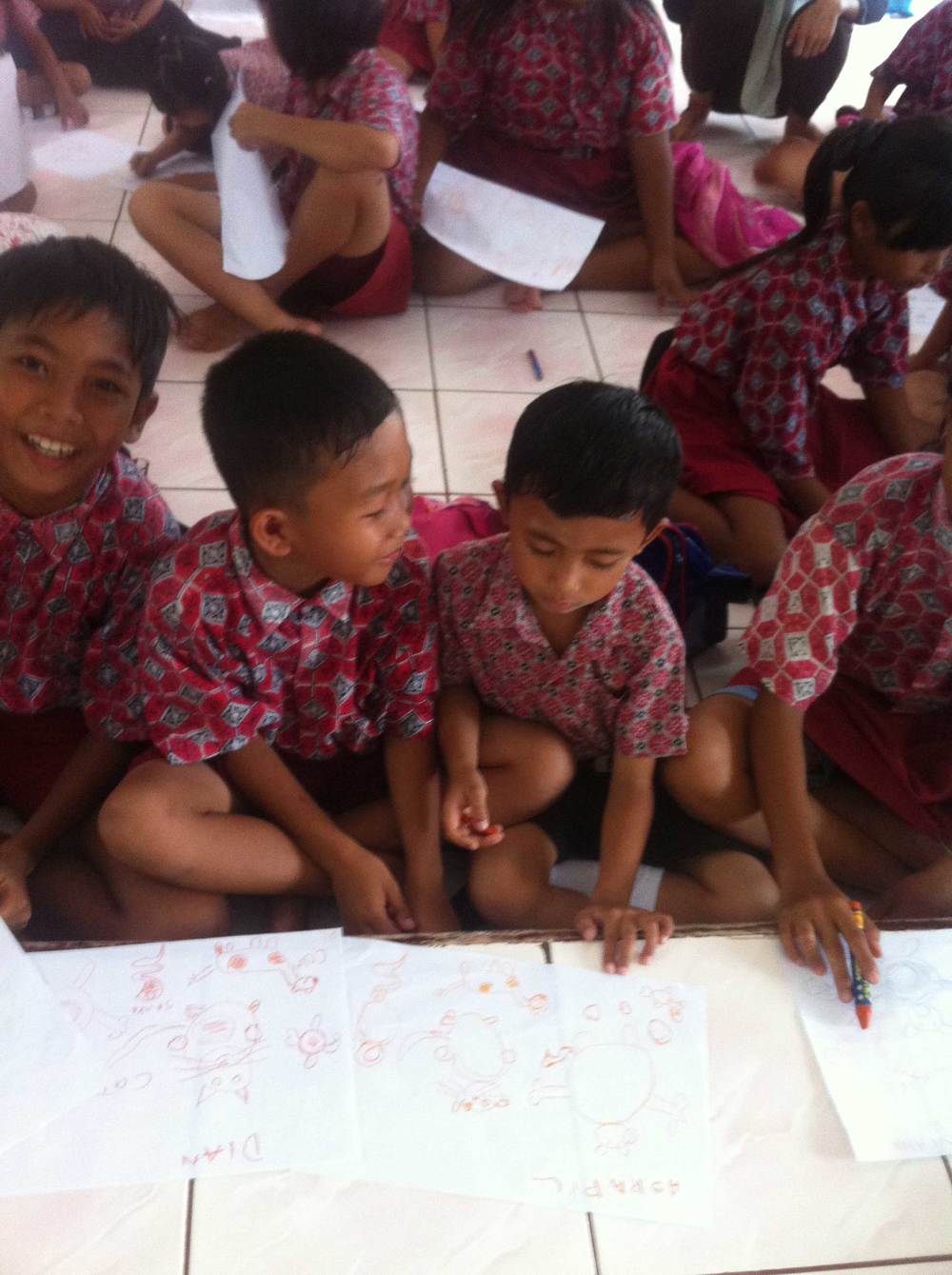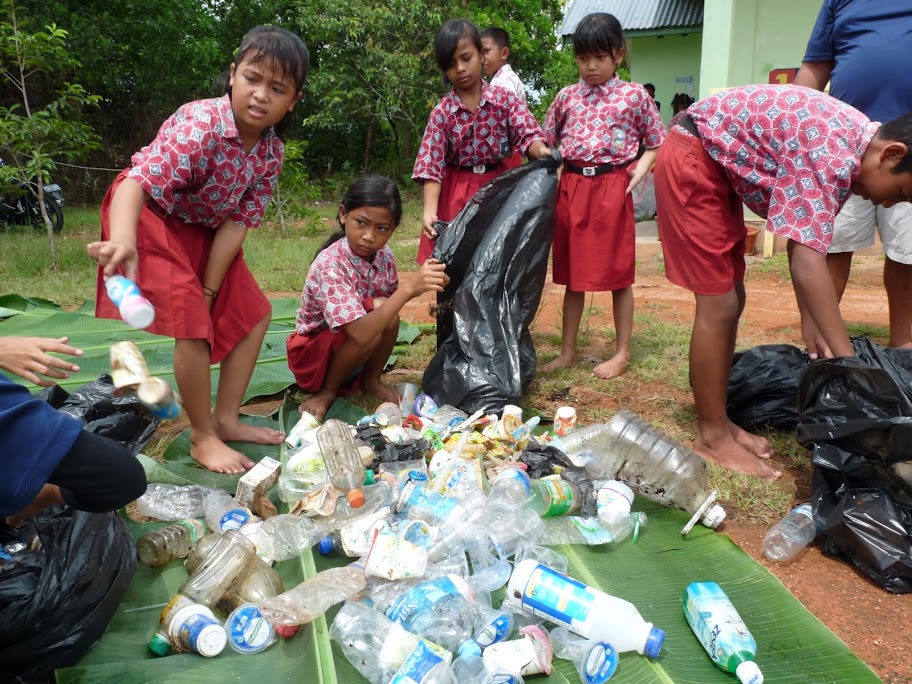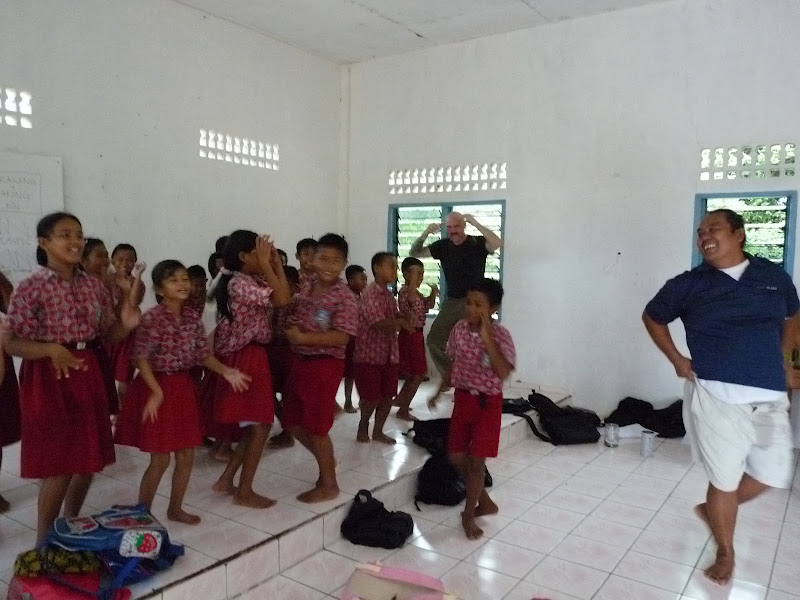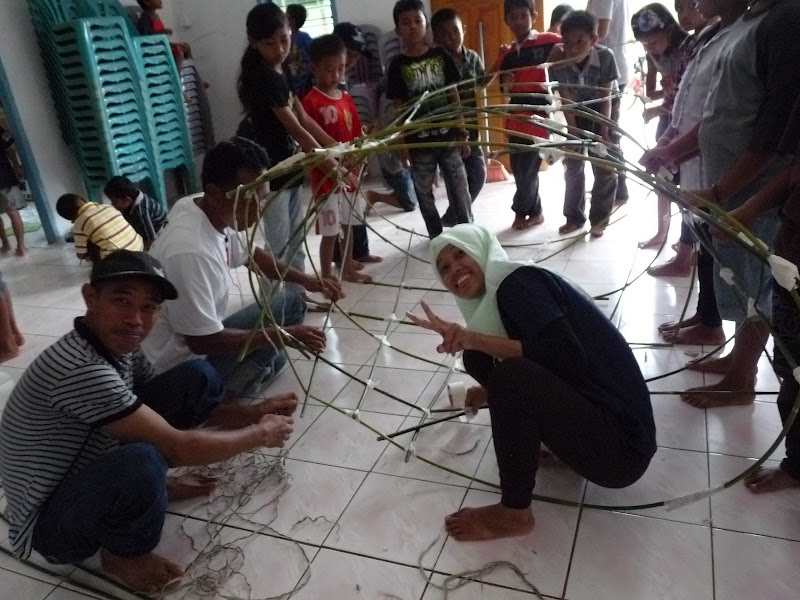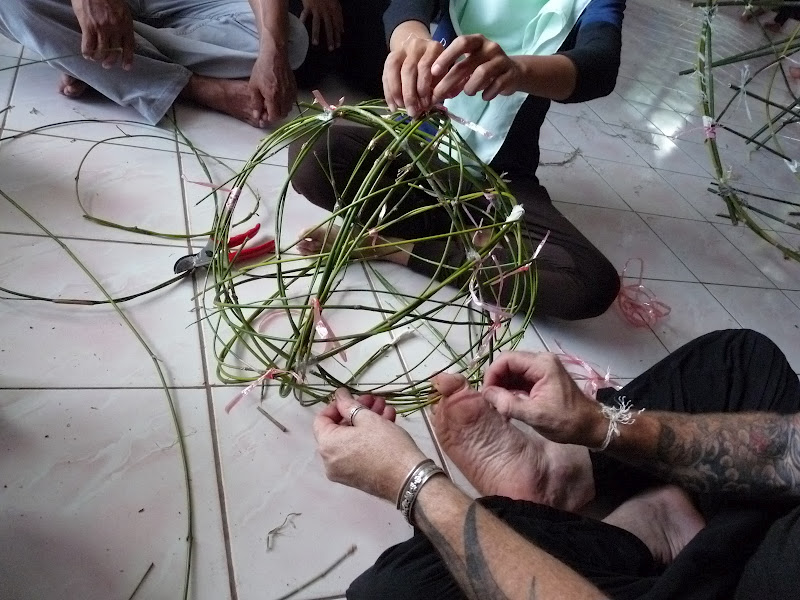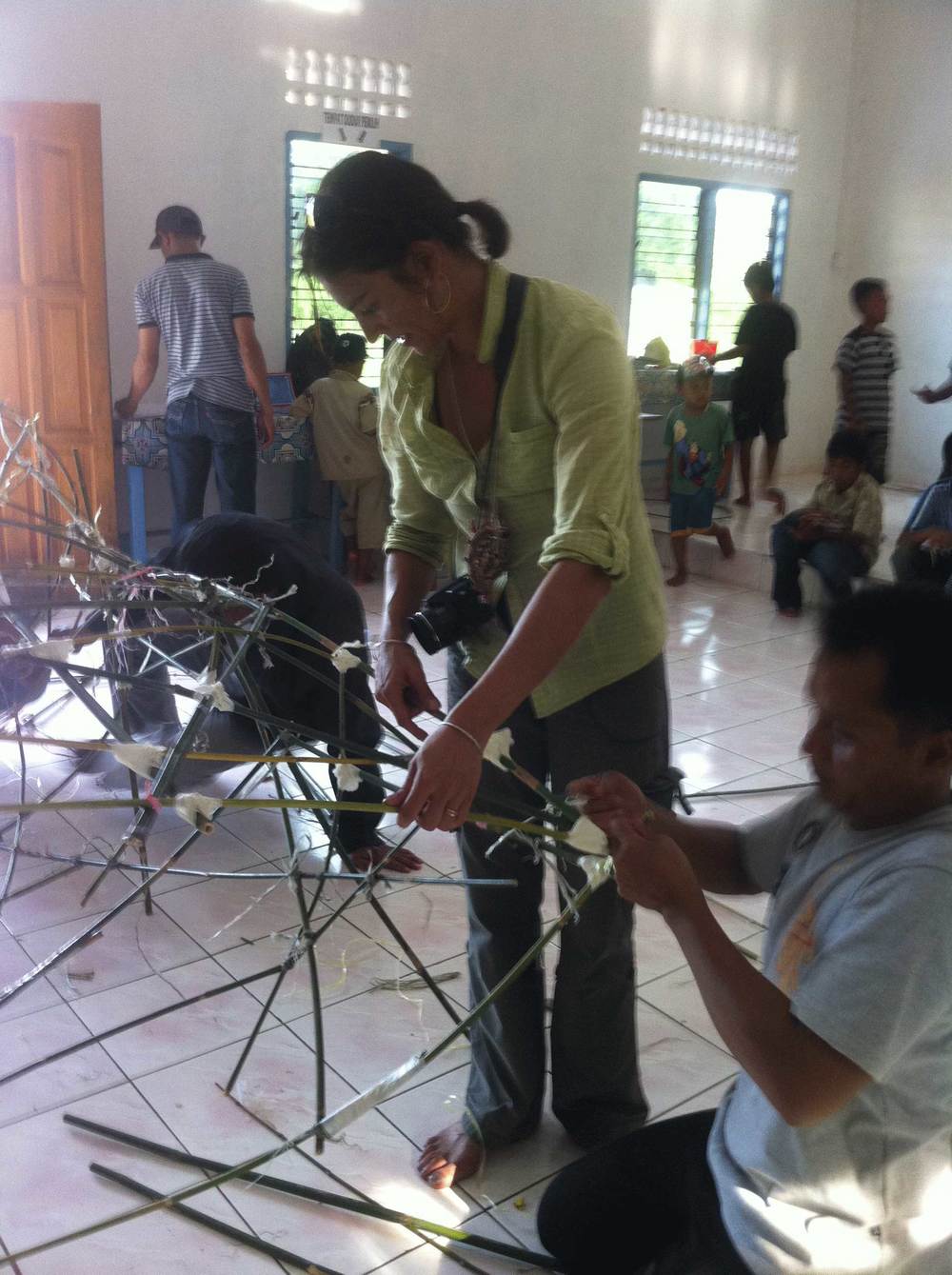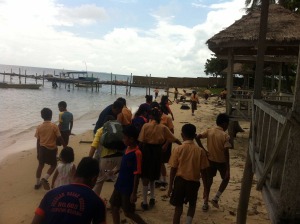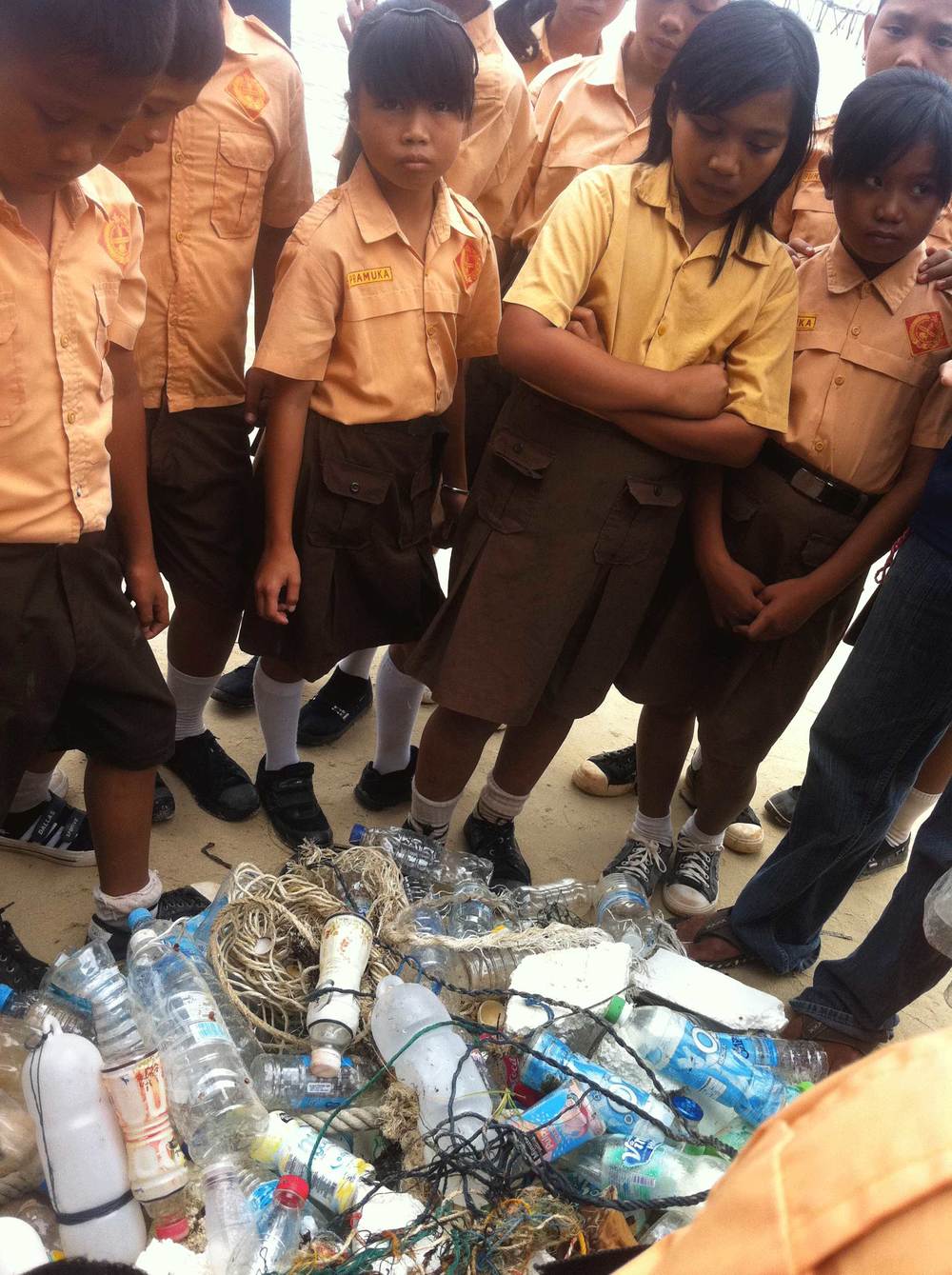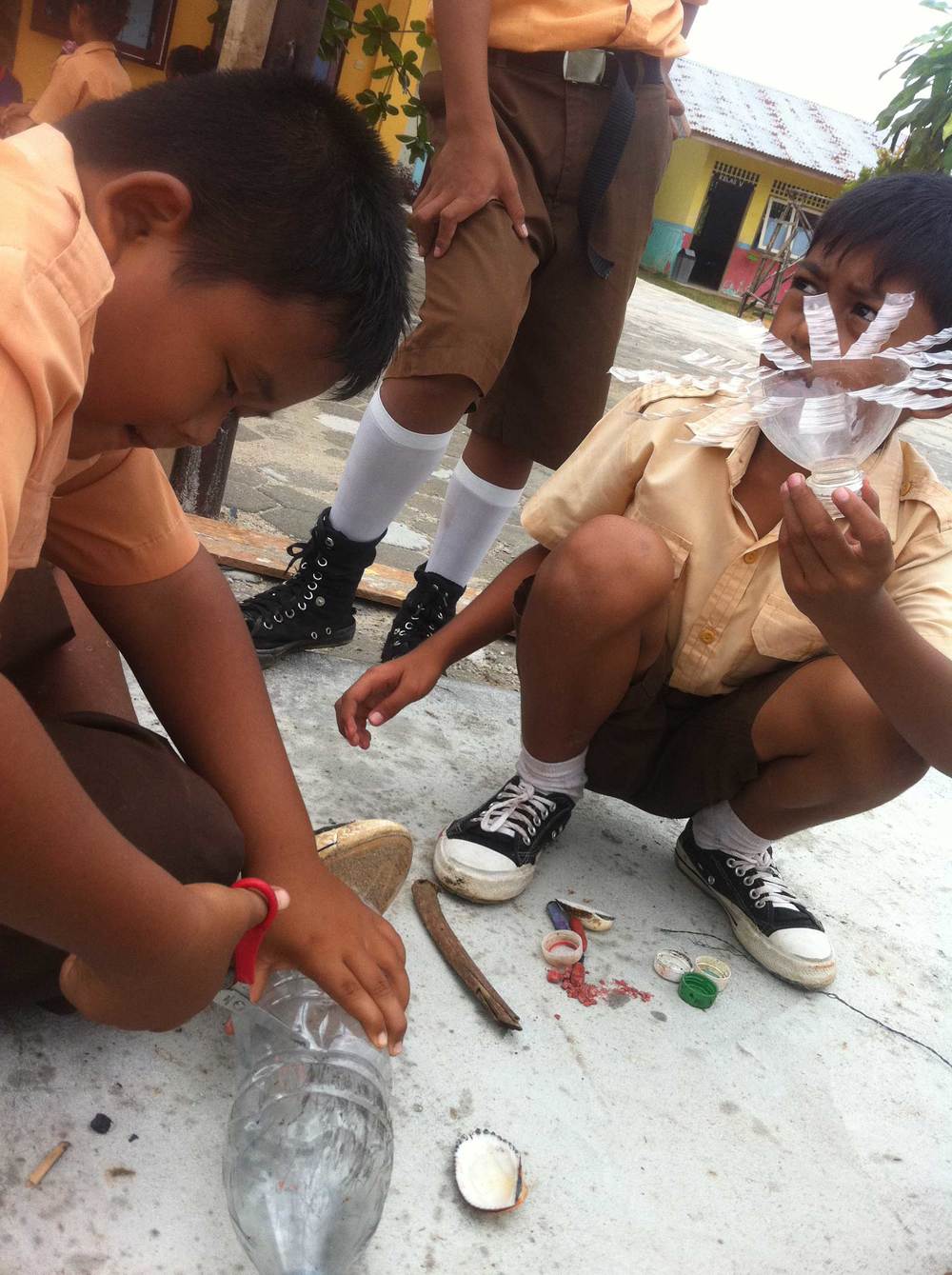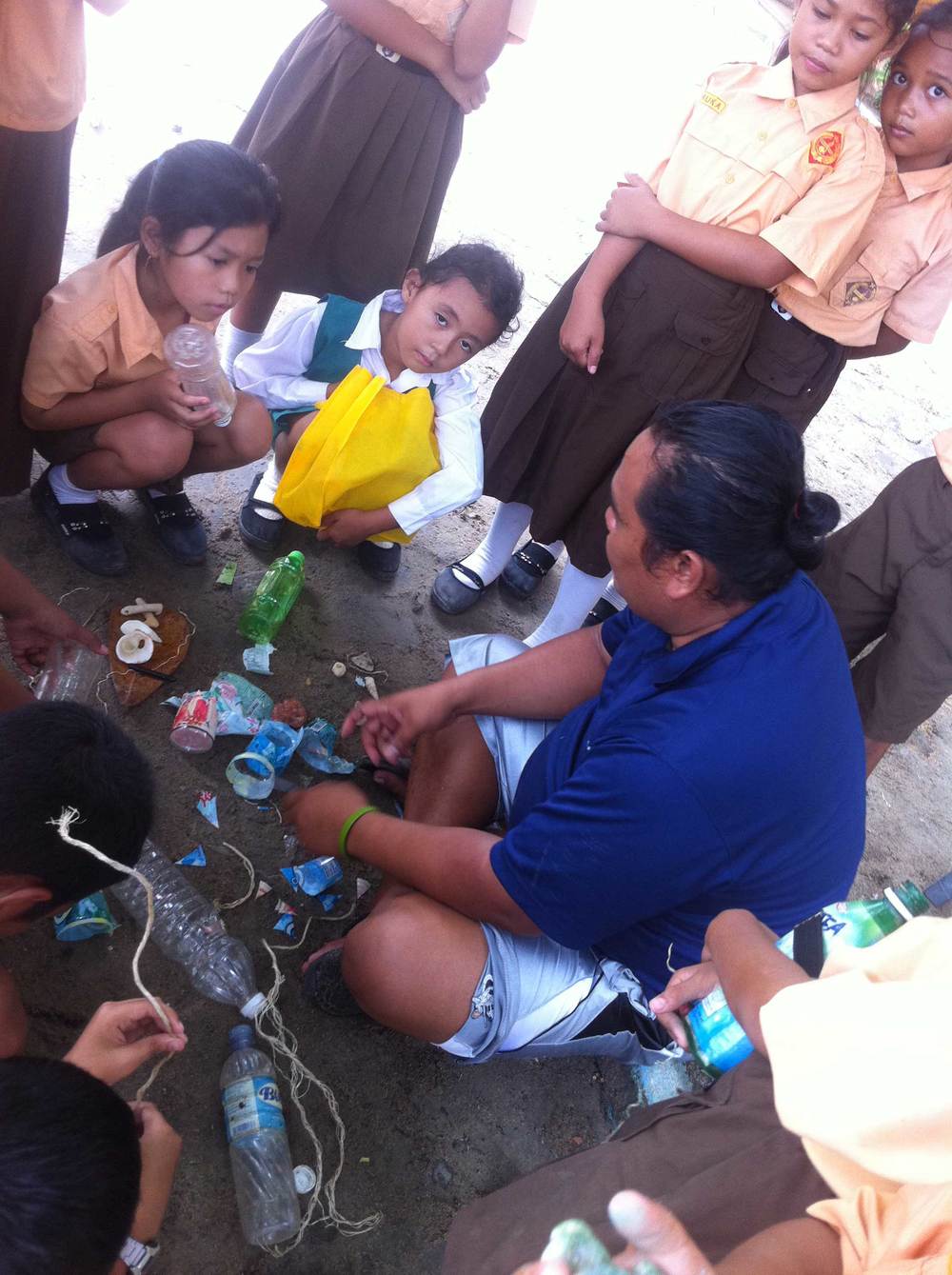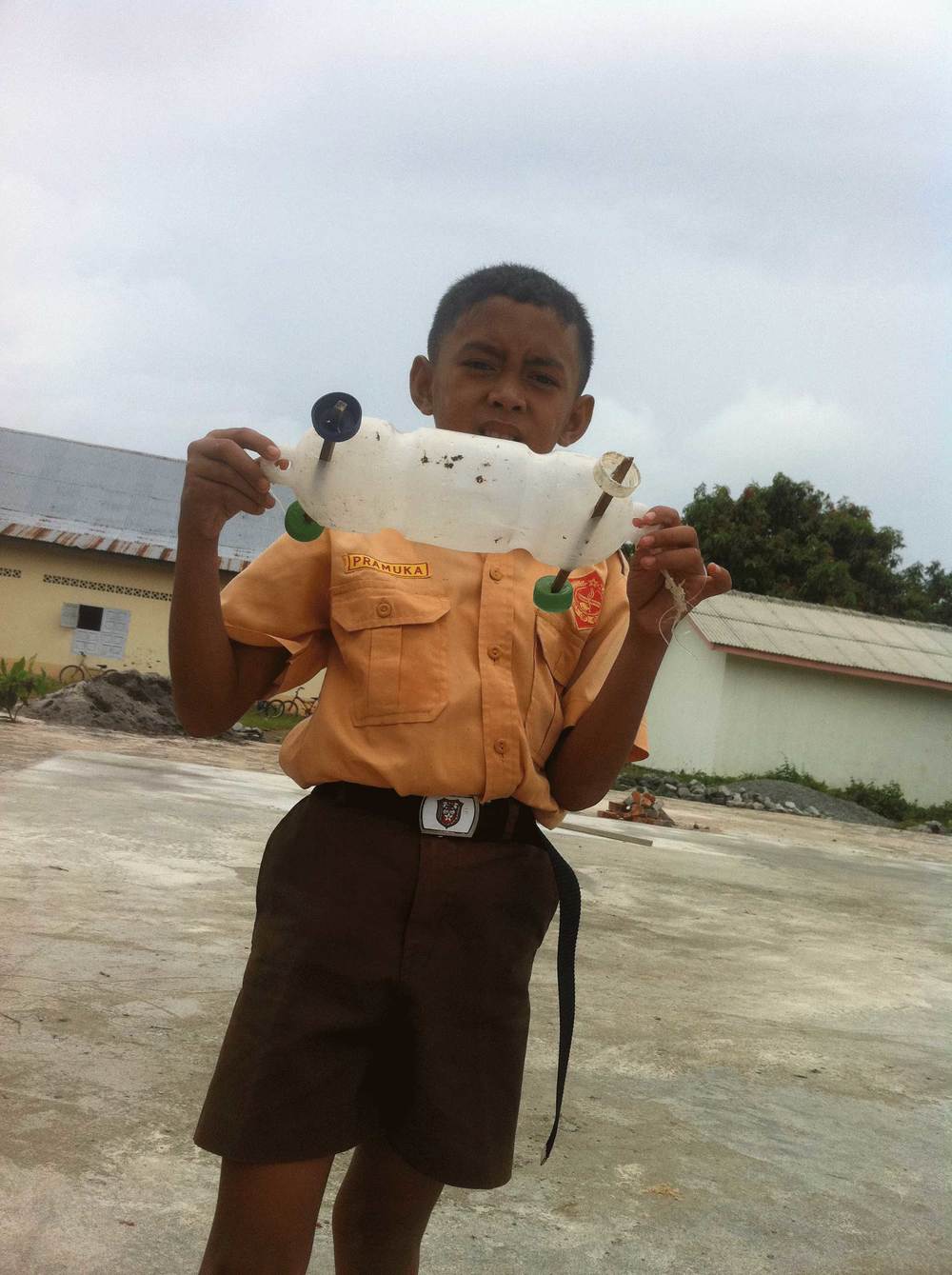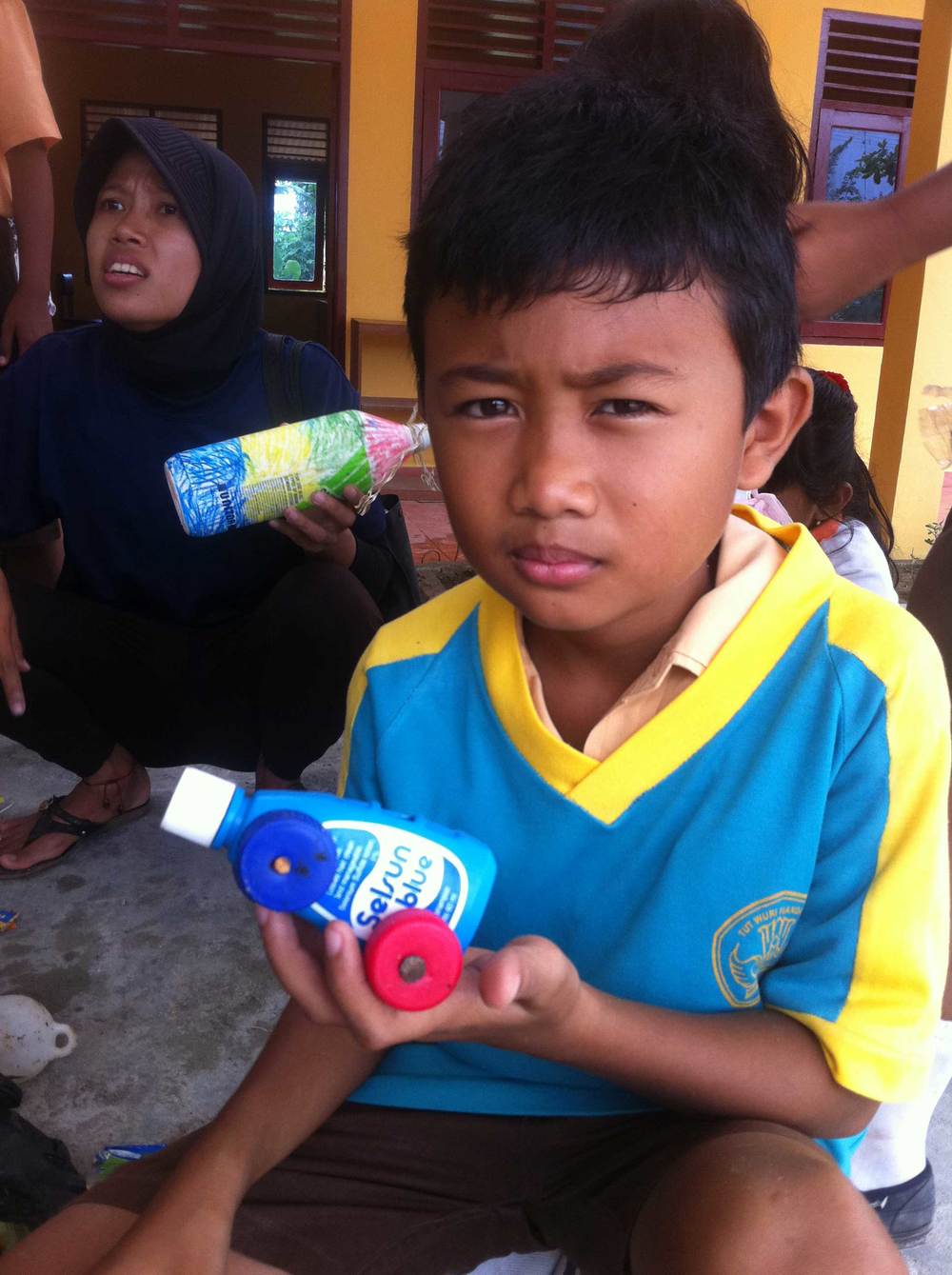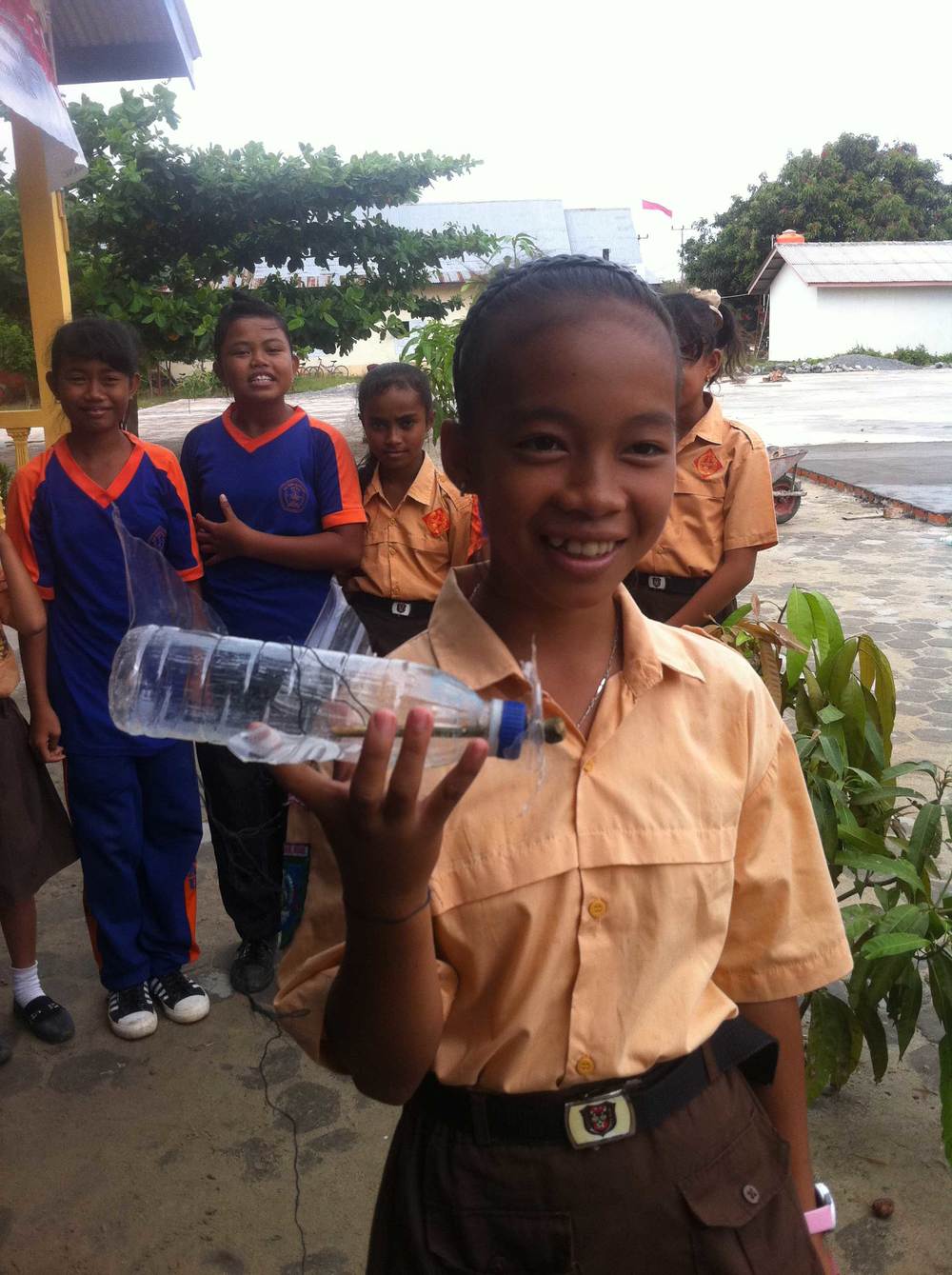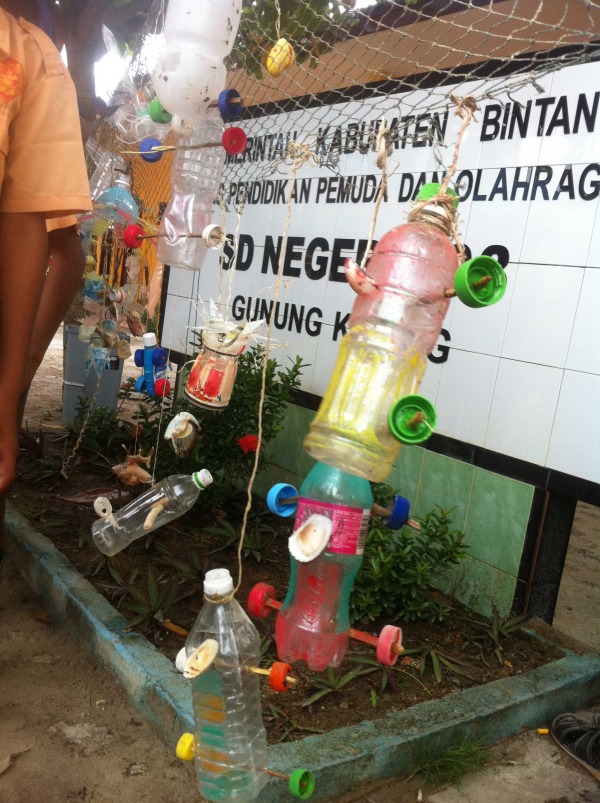
slideshow
Kuala Lumpur, Malasia: Montfort Boys Town - it is hot (105F) and very humid (98%), we sweat...
Singapore based InnoKIDZ and Earthaware are here to teach 160 teens from difficult backgrounds about teamwork, self confidence, charachter and the environmental awareness all at once over a two day weekend. The participants were 130 boys plus about 30 girls, from broken homes, as refugees from nearby Myrnamar, from the street and some are escapees from the human trafficing trade. The Montfort facility is a haven for these kids, an oasis of education and saftey from the harshness life dealt them at the start of life. It is a clean and well structured Christian institution backed by a network of NGOs and organizations such as The Salvation Army and Evolution Asia. We are here to add creative curriculum to the vocational based programs currently being offered.
The weekend started Saturday at 9AM in a large meeting room with an overview of past Earthaware projects and a roadmap to what we were going to do for the next two days. We split the 160 paticipants into teams of ten and had them gather as team units in circles on the floor. In the next 48 hours each team was to make a hut out of gathered sticks, branches and reuseable materials all found on land owned by Montfort adjacent to the campus. They could gather as much as they wanted, but to take only what they needed and to not take down anything more than 4 cm in diameter. They were to visualize the use of other materials too: plastics, rope and other rubbish they may encounter in the jungle. We provided twine and wire to bind and lash the structures together. Our schedule allowed for gathering material Saturday morning and framing in the afternoon. Sunday morning framing was to be complete and walls, coverings, roofs and decorations were to be done and completed by early afternoon on Sunday.The 16 huts were to be considered a village when complete.
Communication, leadership, strategy, sharing and teamwork was as important in the experience as the making of the huts leading to a village. Each team was then required to select a leader and come up with a team name based upon the letters A through P given to them. This was the first step in engaging teamwork and internal communication.
Next we headed outside to establish a small circle of land for each team to build upon. The Earthaware process intentionally establishes numerous constraints for the teams to work within, just like life. We point this out and ask the participants to consider how the constraints of a small plot of land, sticks of only certian sizes, binding materials of limited use and a short time with ten team menbers may be similar to an individuals opportunities in life based upon education, culture, health and so on. The intentional learning is to optimize what one has, to work with others and understand that shared effort is often more effective than what the indiviual can do alone.
From there we moved across the street to the Montfort jungle. Each team had one saw for ten people. They had one hour to gather materials and transport it all back to the project site. They were to organize themselves to source, cut, extract, stack, drag or carry and organize for building. They were fast at doing this, several teams even broke into song as they worked together for the first time.
Next came the initial steps of building the huts: framing. Many structures and shapes were tried, squares, tee-pees, tents and lean-tos. The participants experimented with lashing, binding, notching and cross-bracing. Some structures fell down, several were designed and redesigned as strength or lack-there-of was discovered. Some teams had trees to lean their structures against, others had rocks and signposts that could be used.
Day one ended with sixteen structures framed out, two had roofs on and four were pretty wobbly. We did a quick site cleanup and the 160 builders headed off for showers and dinner.
slideshow
Day two started with roll call, some stretching and light exercise to prepare for the day of movement. The team leaders were called to assembly, the strategy for the day reviewed and off to work. We found that all four wobbly structures from the previous day had fallen over in the night. Each lacked cross bracing whereas the other 12 had triangular structures or were connected to trees. The leaders of the teams with collaped work were given the choice to dis-band and join other teams whose structures did not fall or they could rebuild and overcome the initial "failure". All four teams decided amongst themselves to perservere and rebuild, they studied the other standing structures and redesigned on the spot. These four were now at a time disadvantage and had to catchup quickly. They all pulled together and ultimatley built strong, standing huts.
At the lunch break we all discussed how "failure" is often an opportunity in hiding, one must learn how to handle it and seek the wisdom within the challenge. Furthermore we continued with the parallel teaching of how the huts go together frame then roof then walls then decorations and personalization on the one hand and the self consisting of basic behaviors and ethics (frame), communication, listening and teamwork skills (roof and walls), and special interests and unique personalities (the decorations) on the other hand. The participants learned that without the foundational elements firmly in place and supported internally by cross-bracing then the finishing touches of the decorations can never really be got to.
Back outside for the final session teams scrambled to complete the huts. Some were well into decorating by adding antennas for "TV and Satellite service", team name plaques, special operable stick windows, a fireplace, furniture and mock colored wallpapers. Some teams were just trying to get the roof on. One team intentionally designed, built, tore down and redesigned five complete cycles in search of the ultimate hut, in the end they ran out of time for the R&D and threw up a simple tent-like structure.
At 3:00 we sounded the horn and stopped all construction. Teams were then given five, five meter long strips of green ribbon with instructions for team members to tie their hut to adjacent huts while taking the time to ask the other teams what they were proud of on thier huts and what challenges they faced. This sharing and connecting session took sixteen separate huts and connected them all together into a village, a village of sharing and thus the creation of a community of teams, just like the "real world" outside.
Next teams returned to their village huts to spend ten minutes sharing what they learned about the neighbors and to decide what they as a team were to tell the community was their best hut feature or project experience and what was the greatest challenge overcome. After that we called for five minutes of silence, time for self reflection on what each had learned for himself, how the experience can be taken deep into personal decisions and outlook. This was the most touching five minutes of the weekend as all 160 young men and women sat in eyes-closed stillness.
We then assembled as a village again and each team took its turn presenting to the rest, giggling, being boisterous or shy as teens will do and in the end gathering for huge cheers, applause and celebration. We gathered several group hugs followed by arms in the air and general jumping about.


